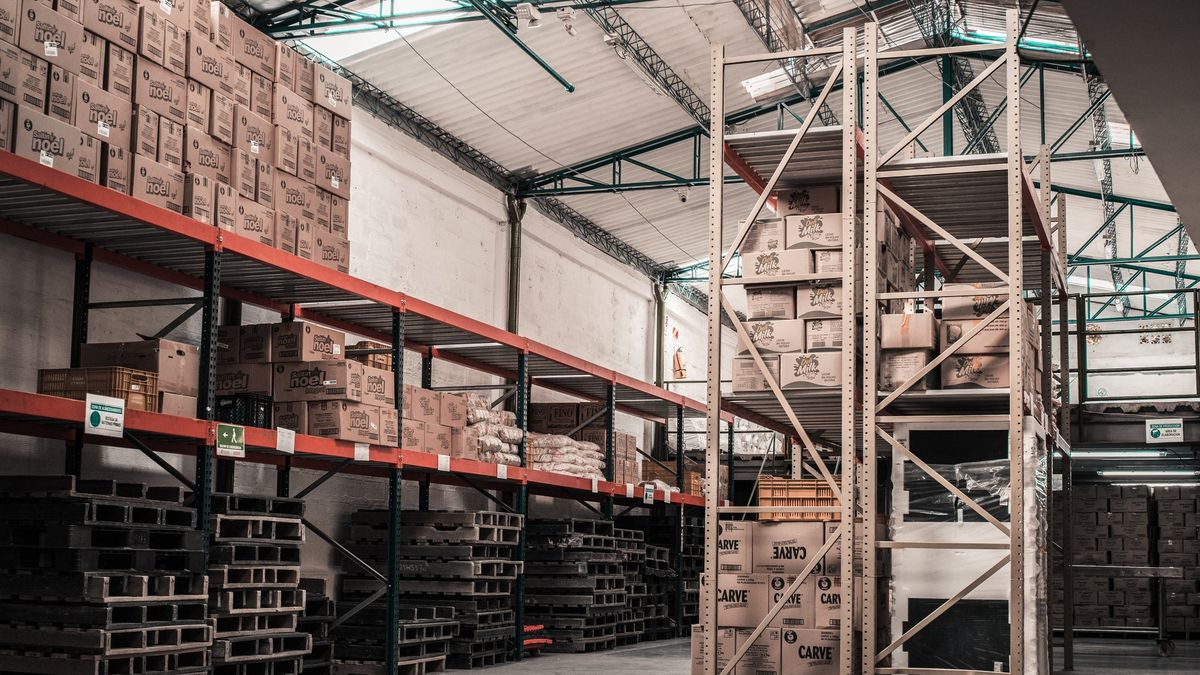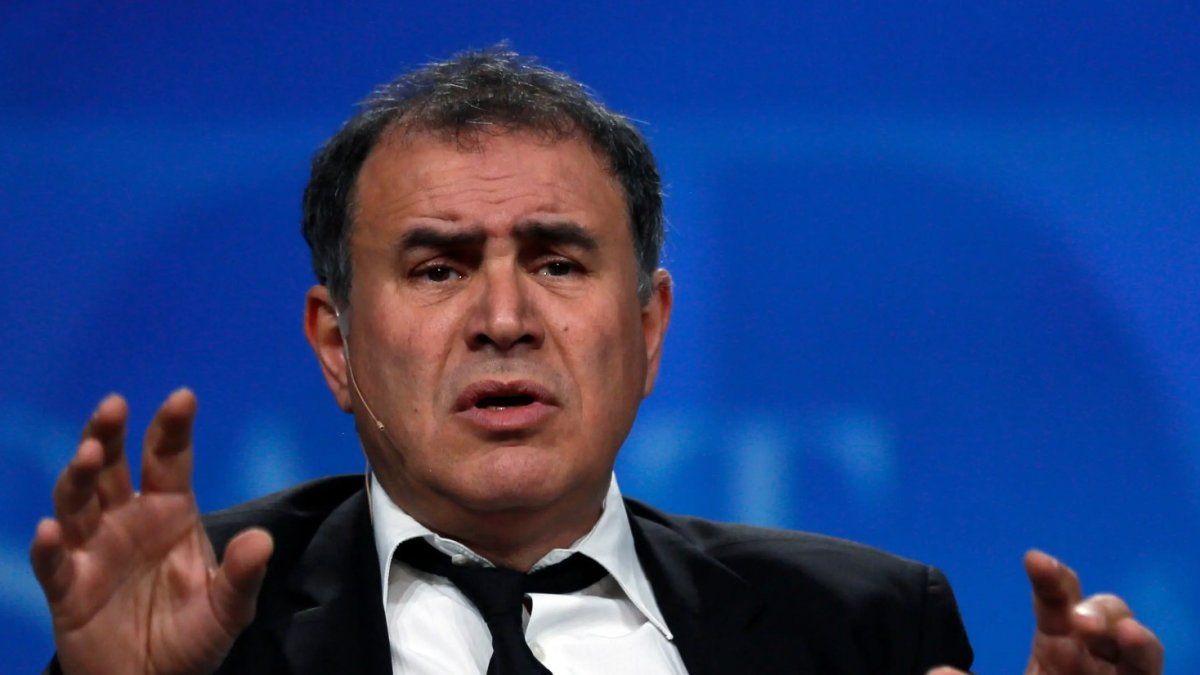Scenarios of uncertainty at the macroeconomic level entail enormous challenges for decision-making within the real economy and, if at the local level, a perspective of a high inflation regime (that is, not something transitory or exceptional) together with the dynamics of IMF revisions that will keep us in suspense flirting with default is not enough, we must add the addition of the war and its economic consequences (beyond the humanitarian, of course), scattering a global inflation driven by raw materials plus the threat of entering in a recessive phase in terms of activity level.
Thus, given that it would be imprudent to determine a corporate surplus management recipe without considering the casuistry, it would seem more appropriate to mention some of the critical factors within the decision-making process. In this sense, the aspects to be considered for this purpose should be
1) Determine if they are really surplus funds or if they are part of the necessary line of business for its current volume,
2) Risk of scarcity of the good (either final, intermediate or primary) with which the specific company transacts,
3) Expected dynamics of conversion / monetization that these goods may have (existence of potential demand / level of activity) and,
4) Financial alternatives for placement of funds.
Although there is a deep-rooted habit in the business community of biasing towards allocating surplus funds to increase its stock, in the event that the specific business does not have prospects for growth or even maintenance of the level of activity (although we are in the reactivation stage, the risk of a global recession is latent) we could find ourselves in a situation in which the company’s funds are in stock with difficulty in monetizing them, exposing the line of business to a risk of financial stress. In other words, if in the end all my availability is put into stock and then the market does not respond, the financial cost of maintaining the structure will appear sooner rather than later.
Additionally, generalized actions in this sense may be factors of spiraling inflation from a microeconomic perspective, causing to the limit what was sought to be prevented. This analysis is relativized from now on when we are faced with supply risks, whether due to issues of local production or access to imports, where it is natural that the financial perspective in decision-making is left aside and the strategic factor prevails, which in this case it would be “not to be left out of the market”.
There are currently instruments on the market that seek to protect surplus funds to a greater/lesser extent from the macroeconomic variables that affect the replacement cost of a business, that is, inflation (local supplier) and exchange rate (imports). Particularly through common investment funds that have a CER profile, it is possible to obtain a follow-up of the evolution of prices without generating immobilization of funds (unlike increasing stock) and, on the other hand, if exchange risks are weighted, it is possible implement hedging strategies through the use of future dollars in ROFEX assuming an implicit interest rate.
In summary, in the economy in general and in Argentina in particular there are no single or magic recipes, but it is possible to maintain that no option taken to the extreme can bring about good results in the medium term. It would seem reasonable to increase the days of average stock above what is normally traded, using part of the surplus funds and complementing said strategy with hedging instruments according to the risks that are sought to be mitigated. Thus, the unequivocal conclusion that can be obtained is that there is no room for improvisation and that it is necessary to professionalize the areas of financial planning with a comprehensive perspective, since the lack of focus on these aspects will lead to taking action from the impulse without measuring its sustainability or the possible consequences generated, and may be “Worse remedy than disease”.
Corporate Finance Manager of Pgk Consultores.
Source: Ambito




